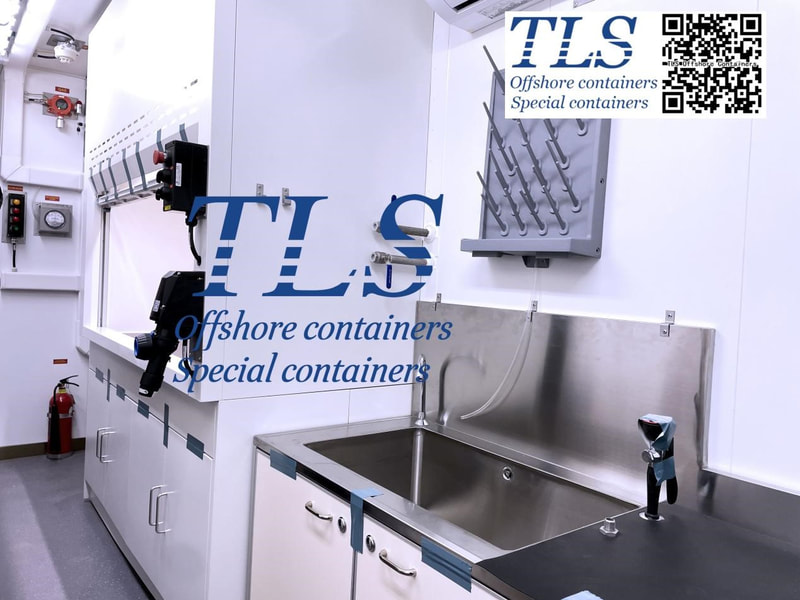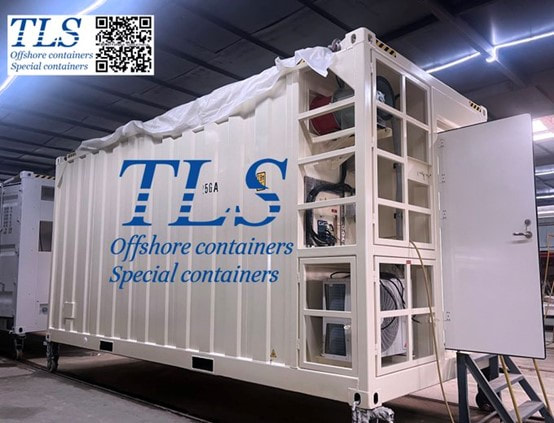Ventilation of Negative Pressurized Containers: Enhancing Safety in Laboratory Environments7/11/2023
Negative pressurized containers are widely used in laboratory settings to ensure the containment of hazardous substances and to prevent their release into the surrounding environment. These containers create a controlled environment where air flows from the surrounding areas into the container, minimizing the risk of contamination. In this article, we will explore the importance of proper ventilation in negative pressurized containers and discuss key considerations for enhancing safety in laboratory environments.
Conclusion The ventilation of negative pressurized containers is fundamental for maintaining a safe and controlled laboratory environment. By effectively removing contaminants, regulating temperature, and promoting air quality, proper ventilation enhances the safety of personnel and prevents the release of hazardous substances. Incorporating design considerations, regular maintenance, and testing procedures can further optimize the performance of these systems. Ultimately, a well-ventilated negative pressurized container plays a crucial role in safeguarding laboratory workers and ensuring the integrity of experiments and research conducted within them. TLS Offshore Containers offers professional design and manufacturing services for customized lab containers to suit specific locations and requirements. We welcome any inquiries and are ready to assist you in creating your ideal laboratory environment. Please contact us for any inquiries or to discuss your unique needs. #Negative pressurized containers #Laboratory settings #Hazardous substances #Containment #Ventilation #Airflow patterns #Contaminant removal #Temperature control #Air quality #Design considerations Written by OliverComments are closed.
|
Archives
July 2024
Categories
All
|
- Home
-
Containerised solutions
- Intelligent pressurised container | MUD logging cabin
- Battery energy storage system (BESS) container
- Flexible grid tied battery storage system
- Laboratory container | workshop container | Equipment containers
- Temporary refuge shelter | Toxic gas refuge | Safe haven
- Offshore accommodation cabin | office container
- Reefer container | Refrigerated container
- Intelligent waste water treatment container
- Fresh water generator container
- Cargo Containers
- Product photos & videos
- News & Blogs
- Contact us
|
Featured products
Intelligent pressurised container Temporary refuge (TR) shelter, toxic gas refuge (TGR) Battery energy storage system (BESS) container Containerised waste water treatment plant Fresh water generator container Reefer container Laboratory container, Workshop container Accommodation container Offshore closed container |
All Rights Reserved 2020 © TLS Offshore Containers / TLS Energy
|



